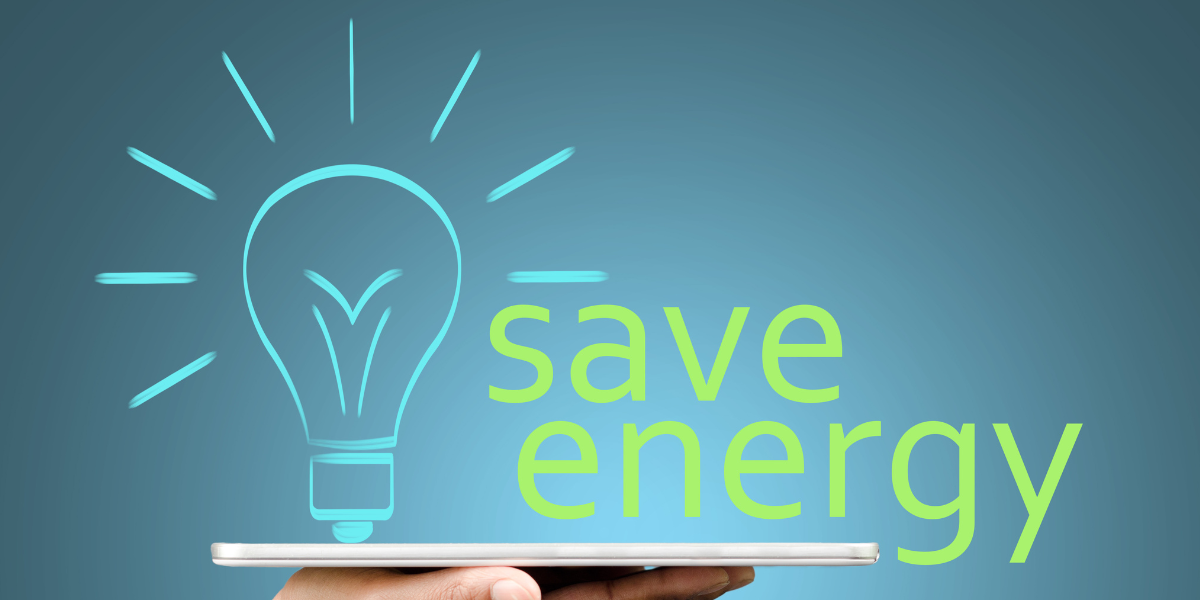As the cost of utilities continues to rise, businesses and households are looking for ways to reduce their energy bills. Fortunately, there are several strategies for optimizing your energy usage and lowering your costs. In this blog post, we will be discussing three important steps to achieving utility optimization: eliminating harmonic distortion, optimizing your HVAC system, and exploring deregulation as a means for obtaining more cost-efficient energy suppliers.
Harmonics: Harmonic distortion is a phenomenon that occurs when non-linear loads in your electrical system draw excessive current. This can lead to a range of problems, including equipment failure, reduced efficiency, and higher costs. To eliminate harmonic distortion from your system, you can install harmonic filters or use Active Front-End drives. By doing so, you can reduce maintenance costs, extend the useful life of your equipment, and ultimately save money.
HVAC System: Heating, ventilation, and air conditioning (HVAC) systems are among the largest energy consumers in most buildings. To optimize your HVAC system, you can use the Internet of Things (IoT) technology to track your building’s occupancy and adjust temperatures accordingly. Additionally, using nanobubbles can help eliminate the biofilm that accumulates in HVAC systems over time, which leads to decreased airflow and increased energy usage. Less biofilm means less resistance and less energy used, meaning you will save on your electricity bills.
Change Supplier: In many states in the United States, the energy market is deregulated, meaning you have the option of choosing your own energy supplier. This is a great opportunity to explore alternate energy suppliers that could result in significant cost savings. For instance, some suppliers offer discounted rates for solar power generated by community solar farms. By exploring the options in your area, you may find a more cost-efficient supplier that offers the same or better level of service compared to your current supplier.
Utility optimization is a crucial aspect of cutting down on energy costs for homes and businesses. By implementing the three strategies we have outlined, you can significantly reduce your electricity bills while improving the efficiency of your electrical systems. Converting to an energy-efficient system is an investment that pays dividends both in terms of cost savings and environmental friendliness. So start implementing these steps today, and watch your energy bills shrink while your business flourishes.
